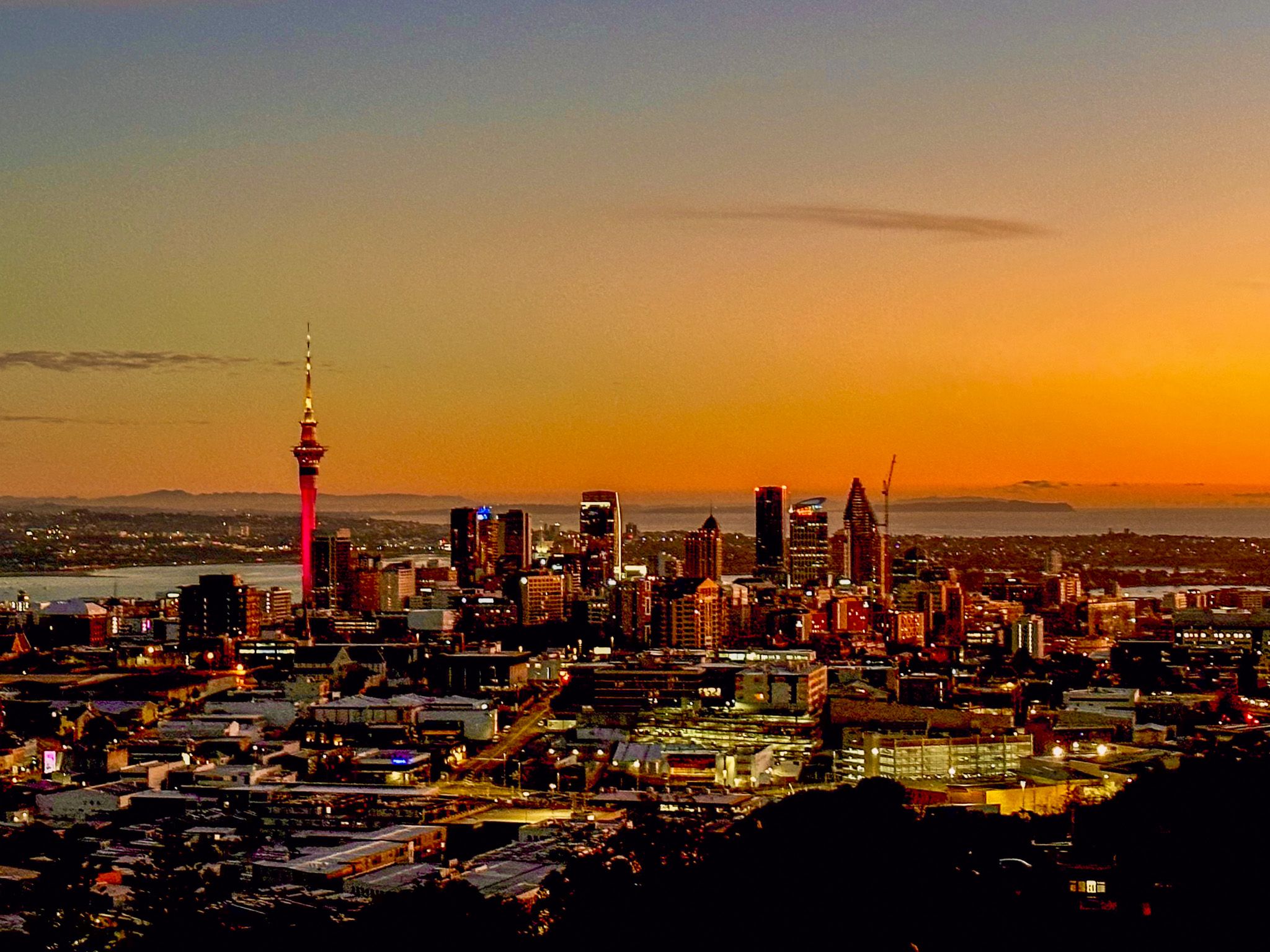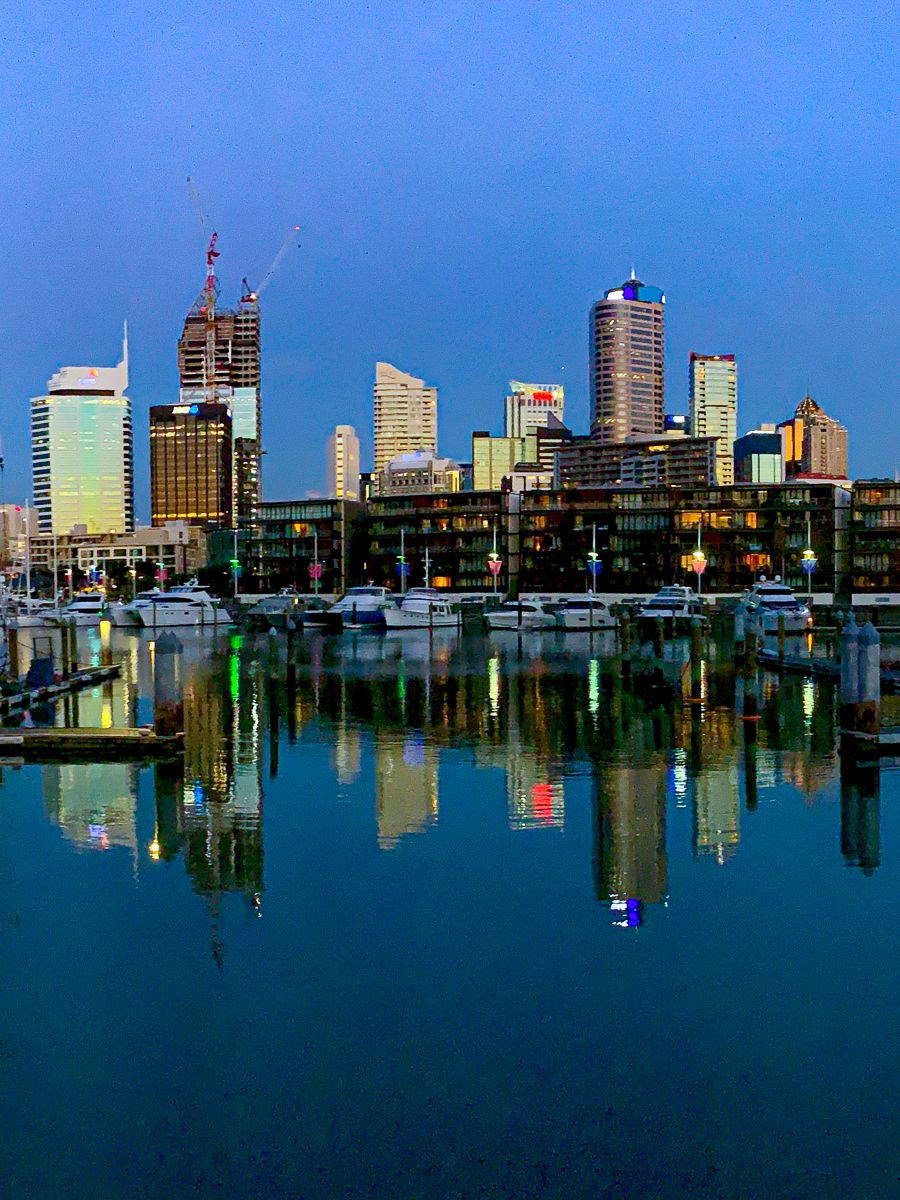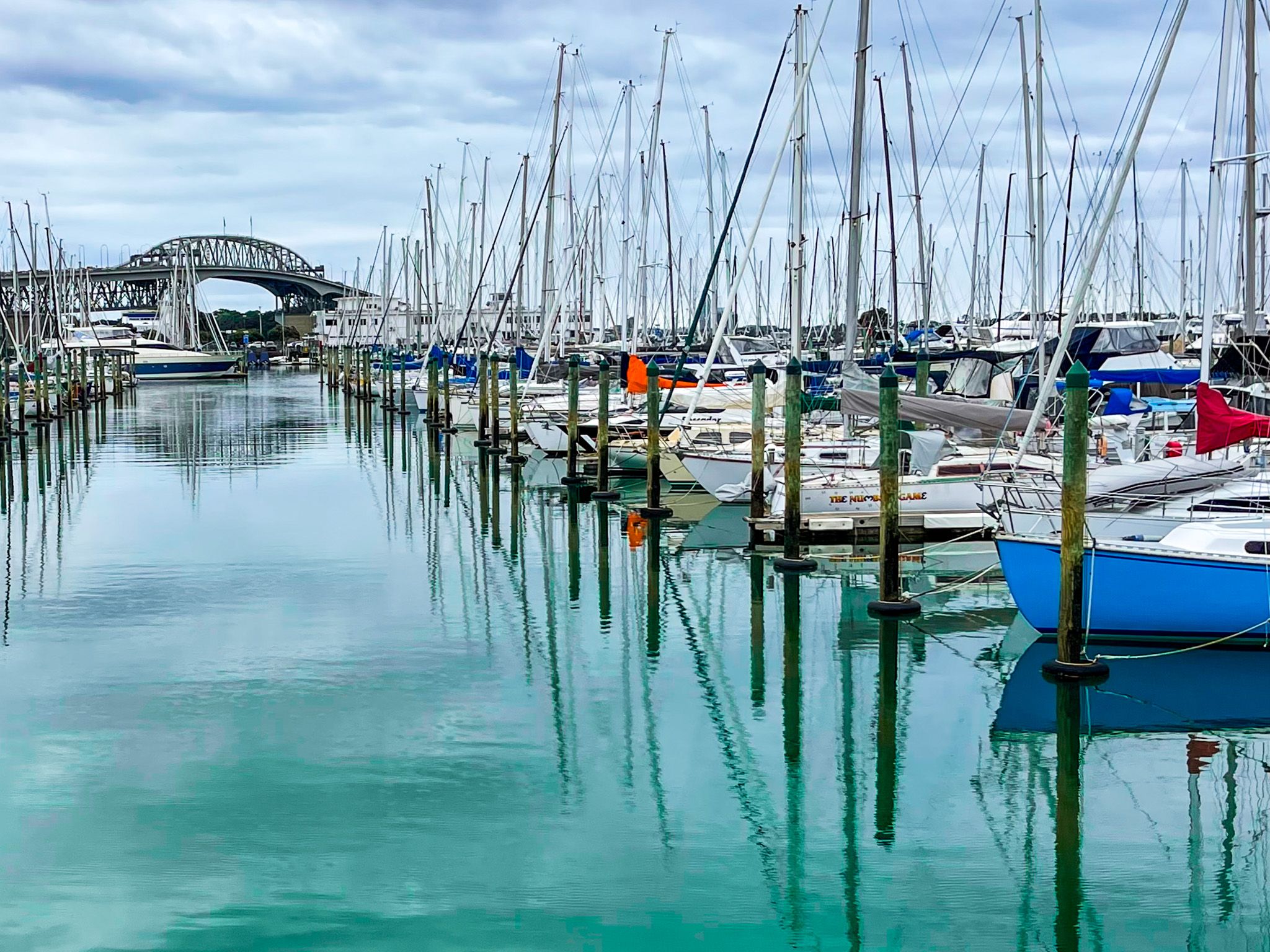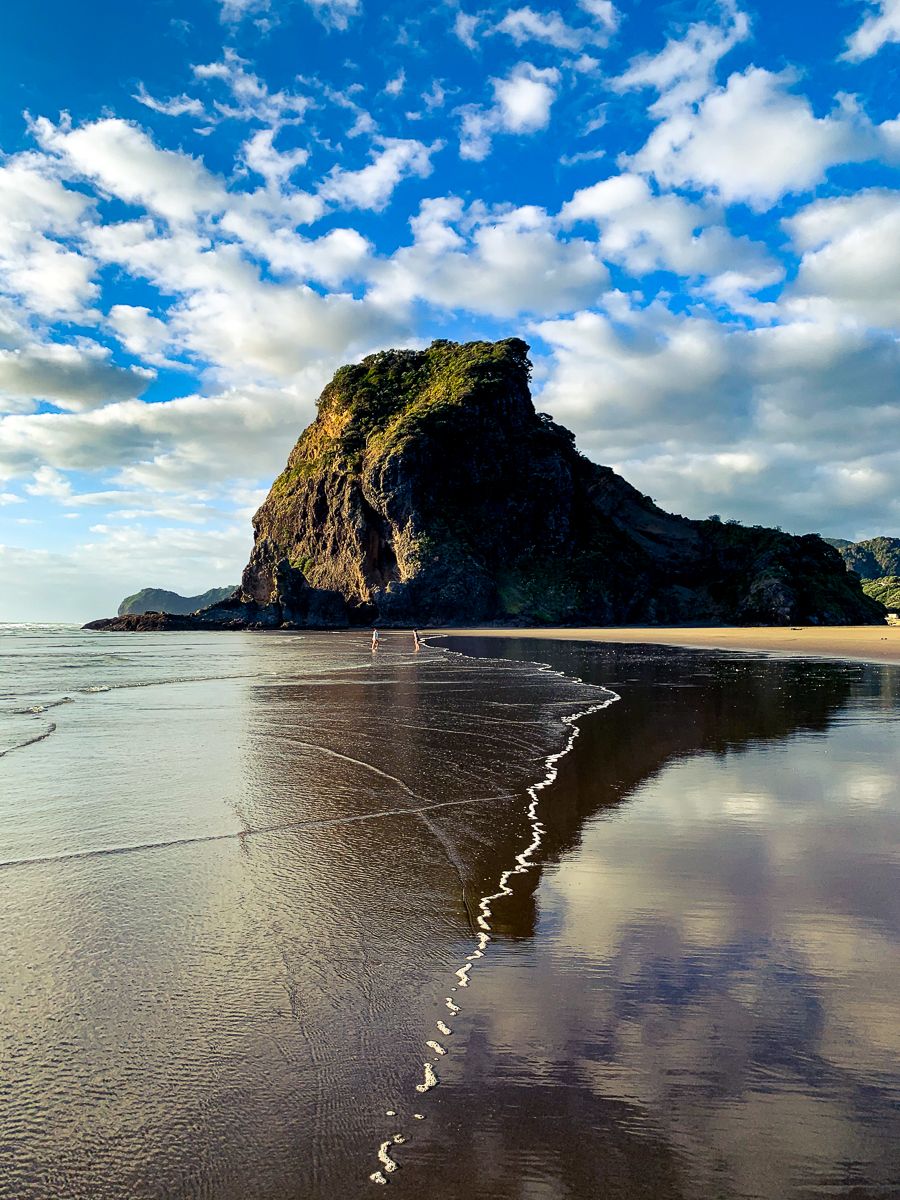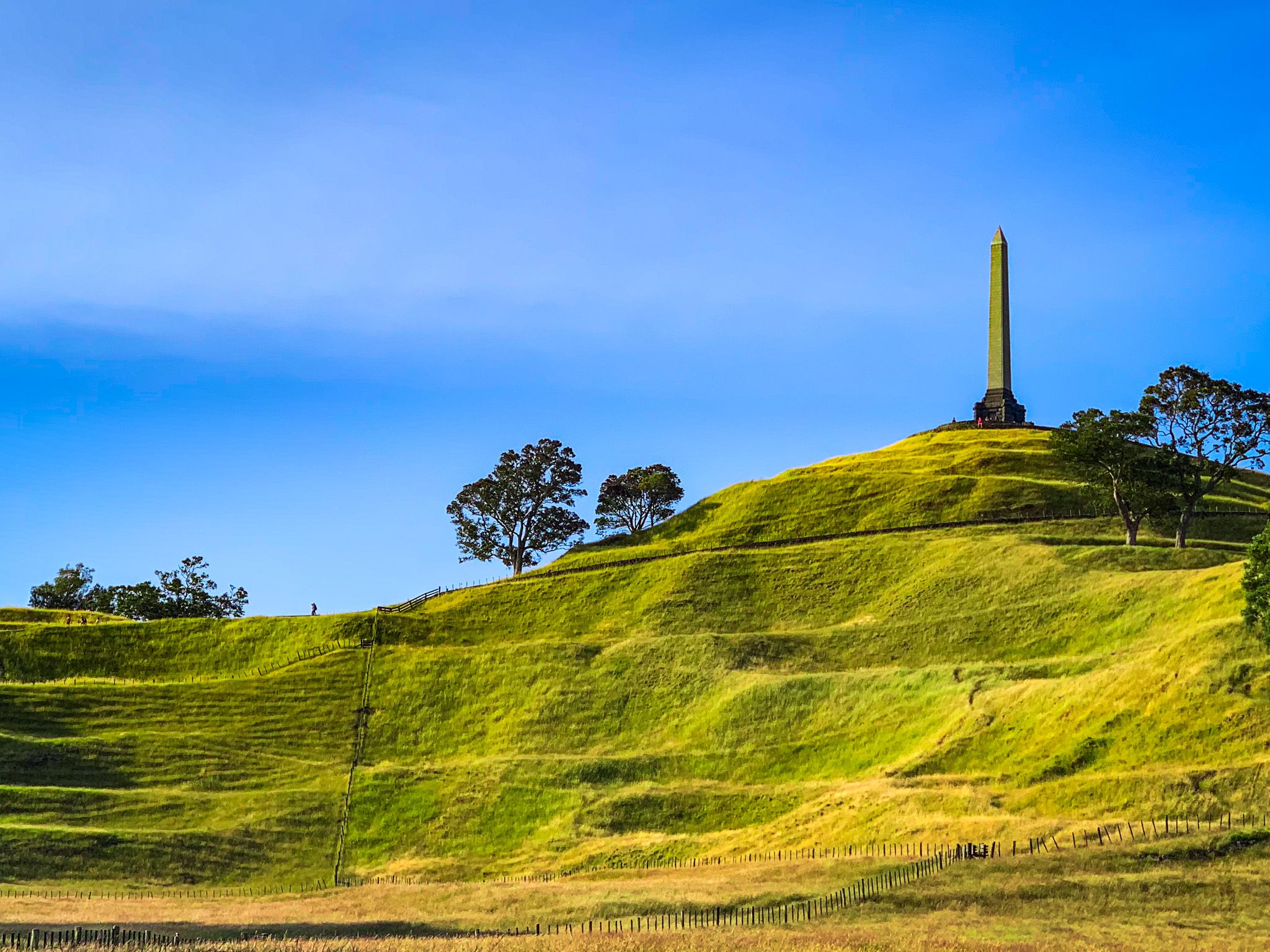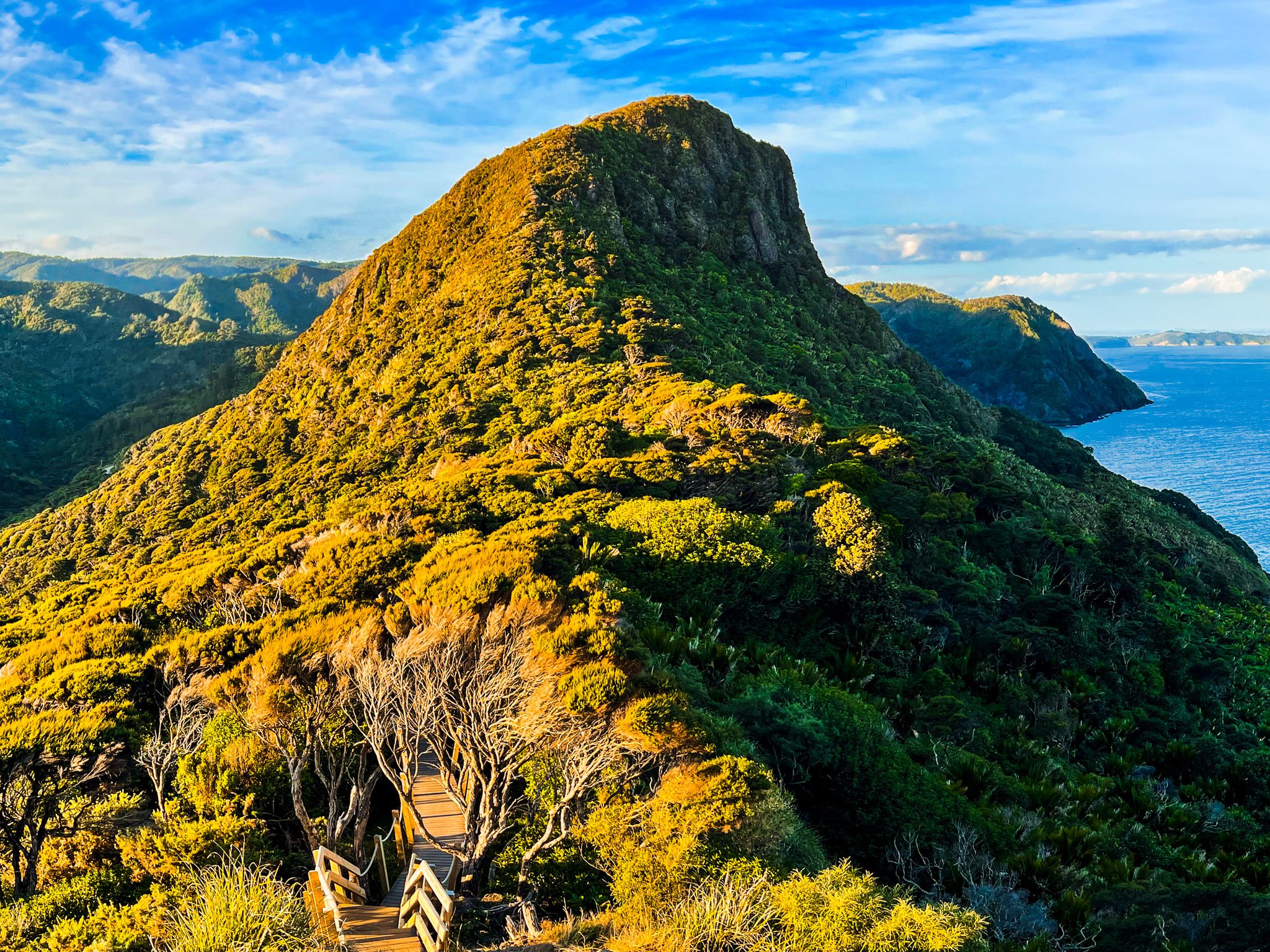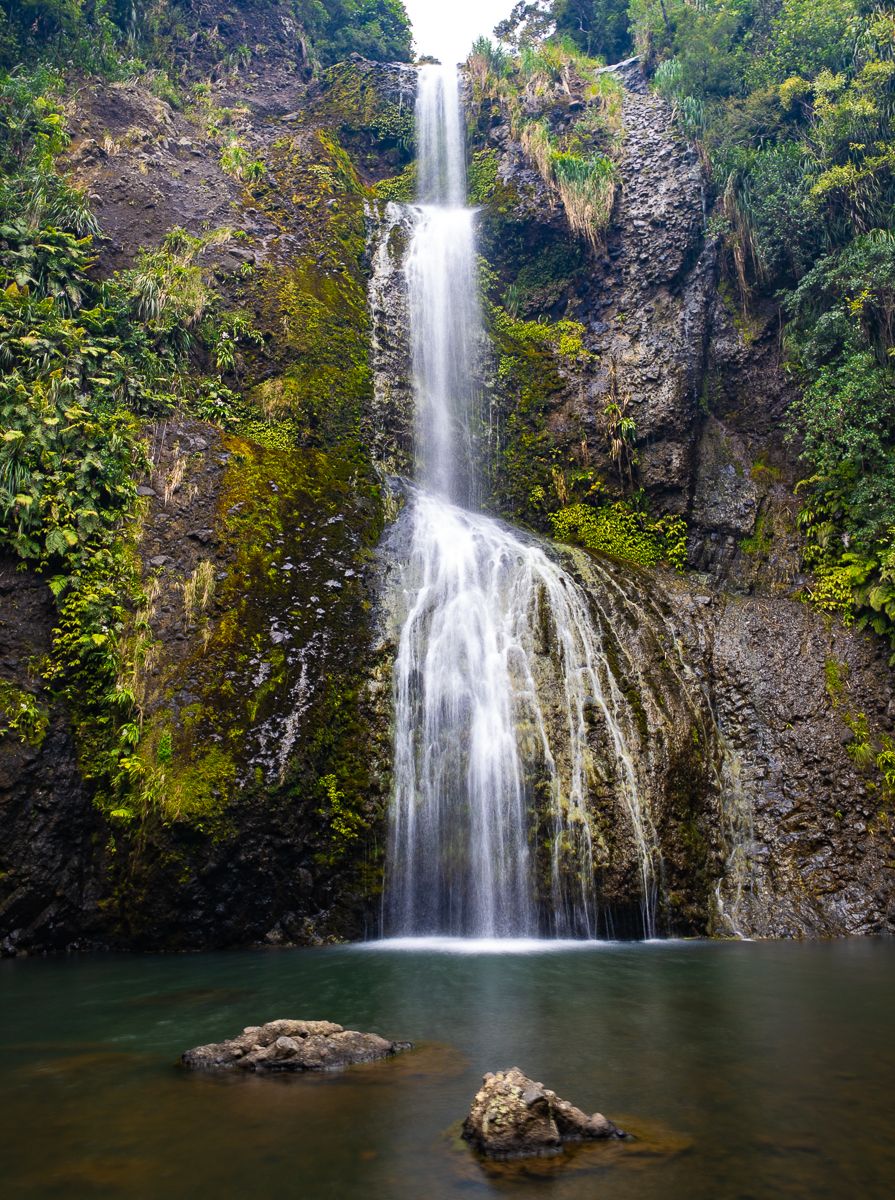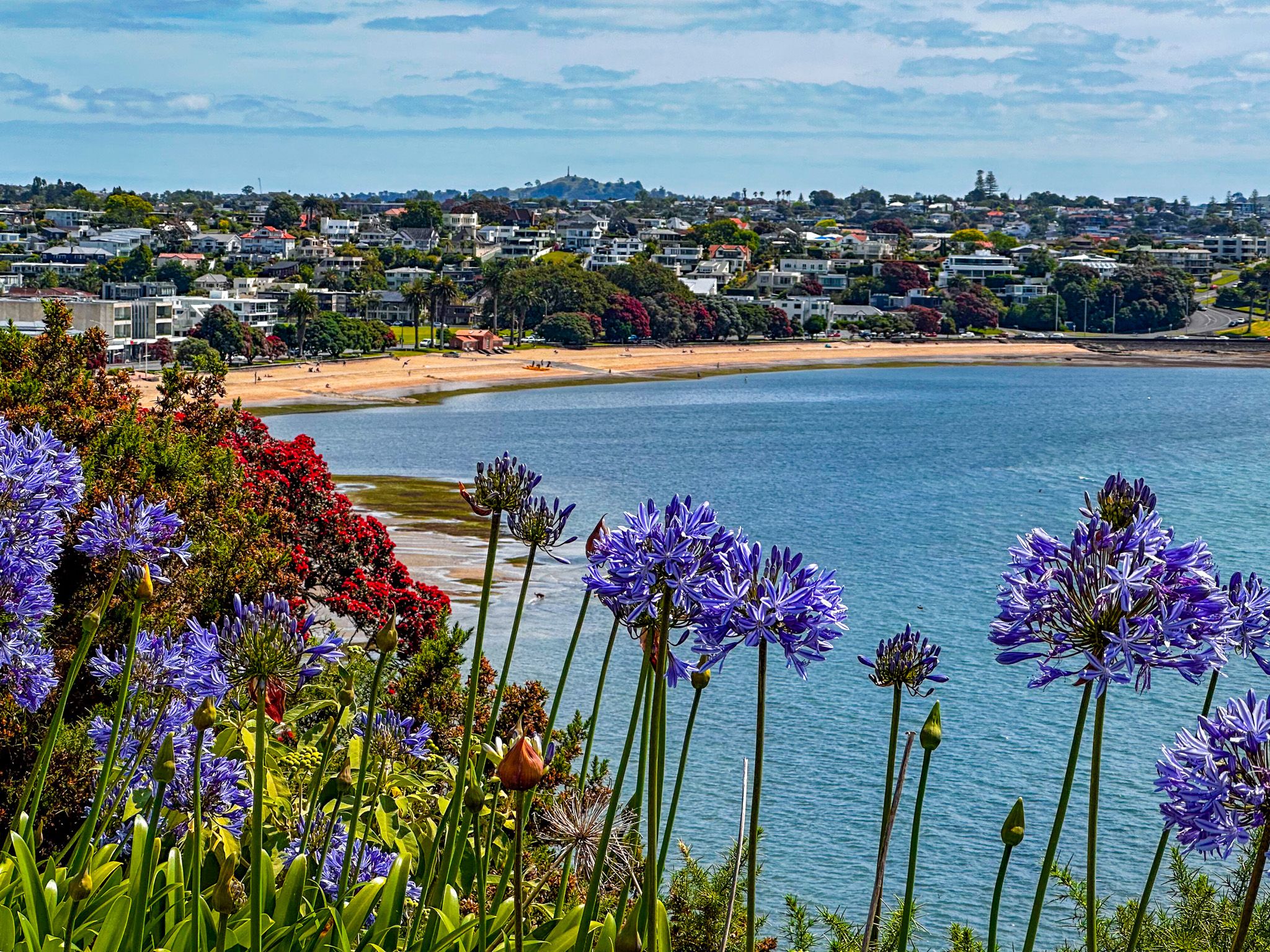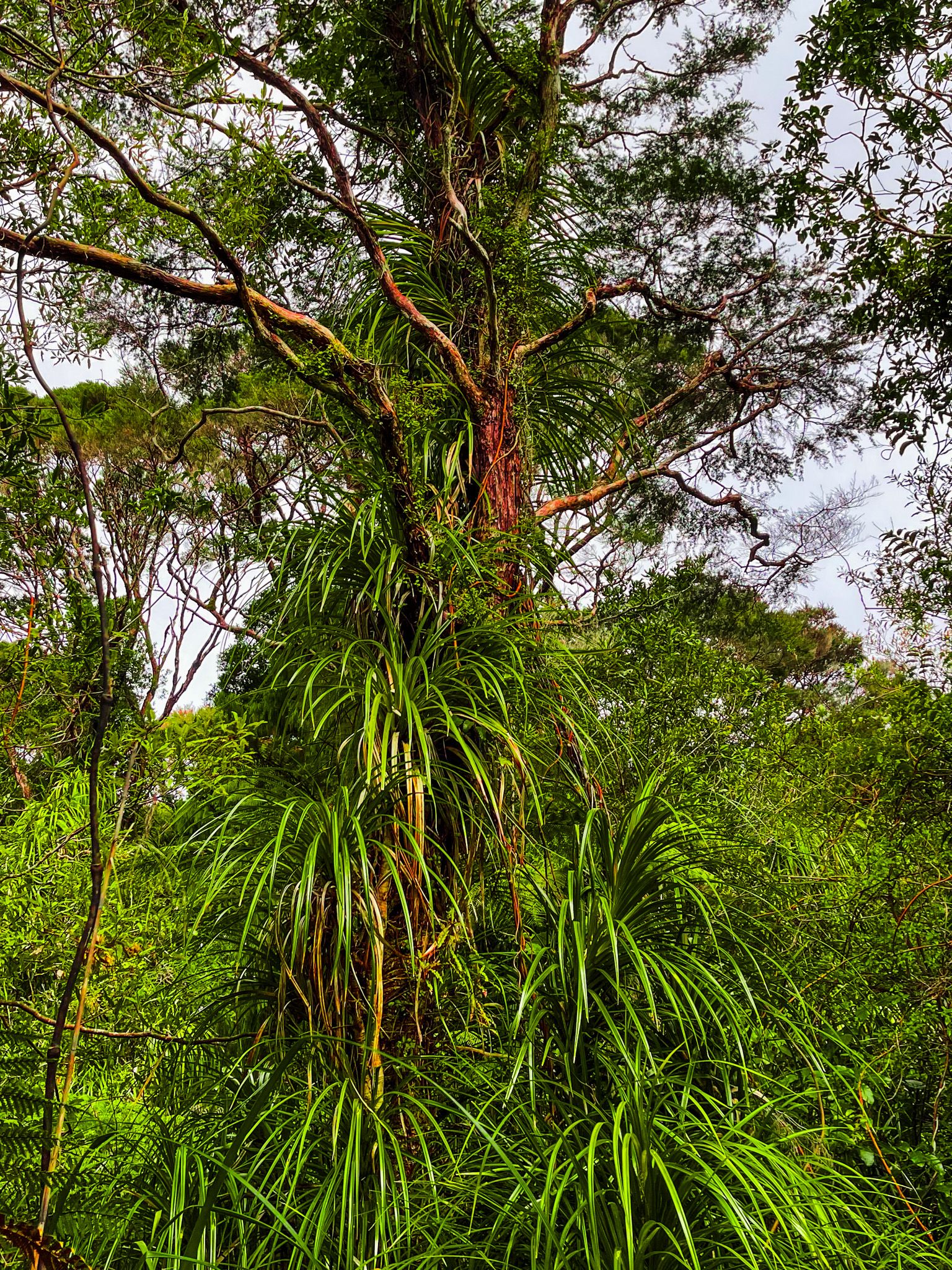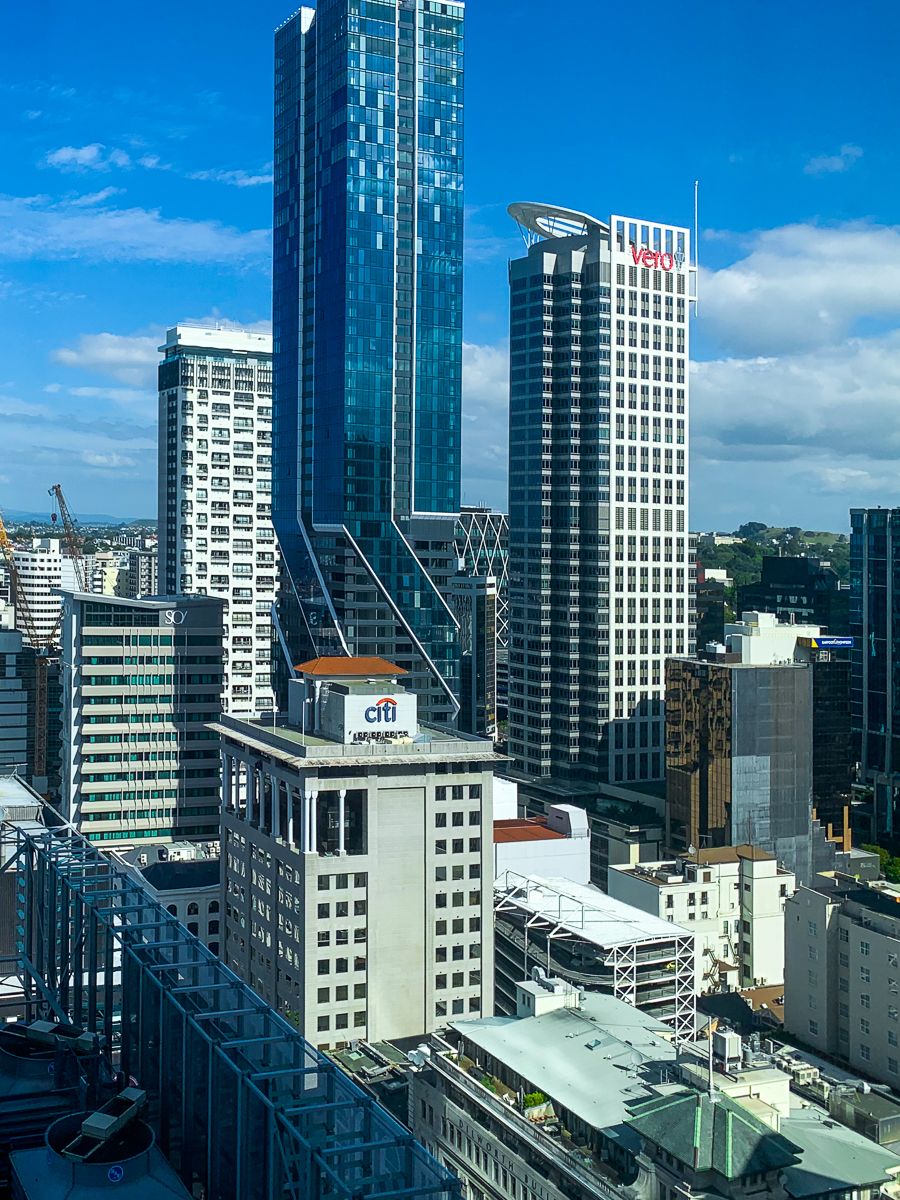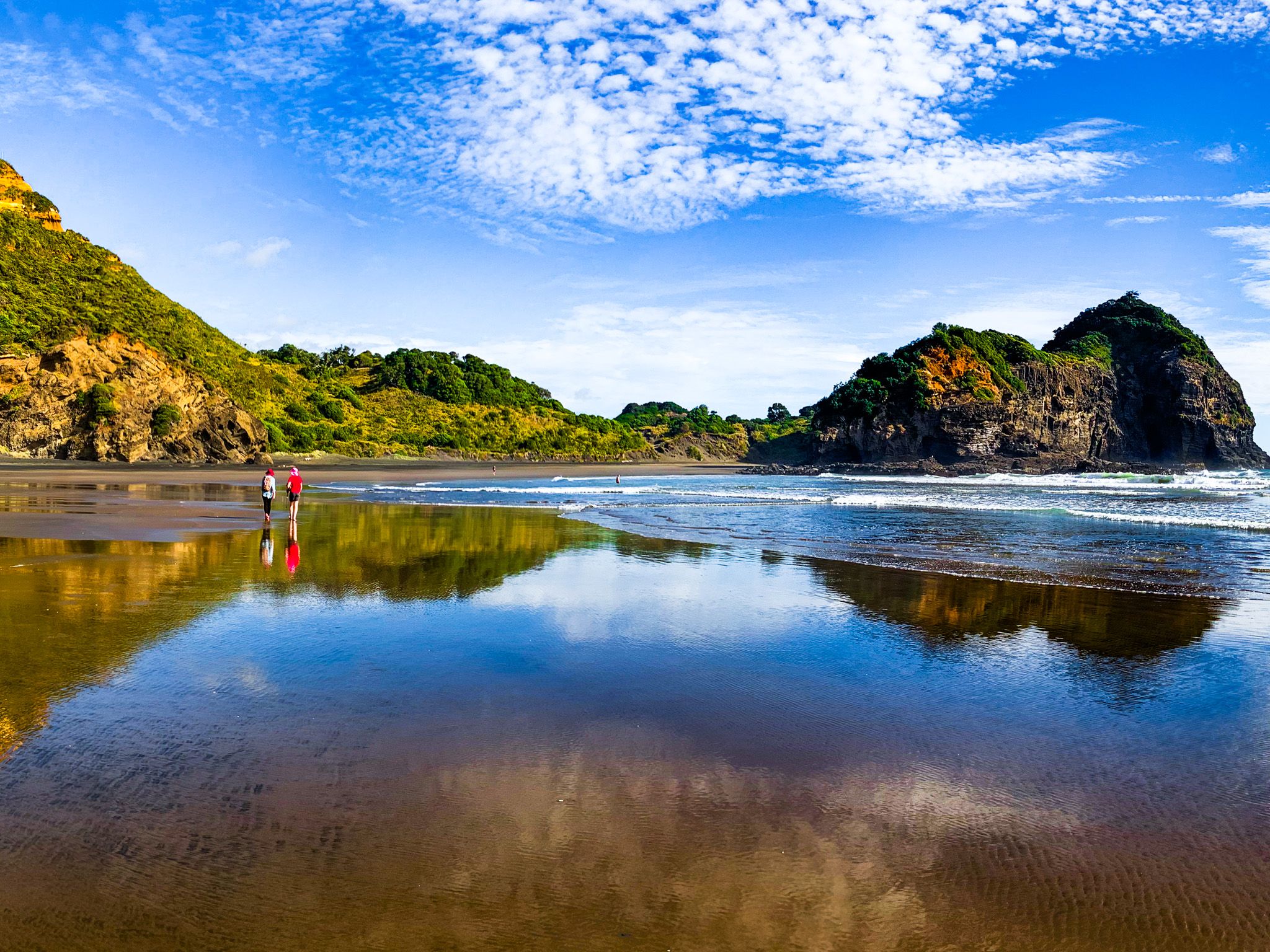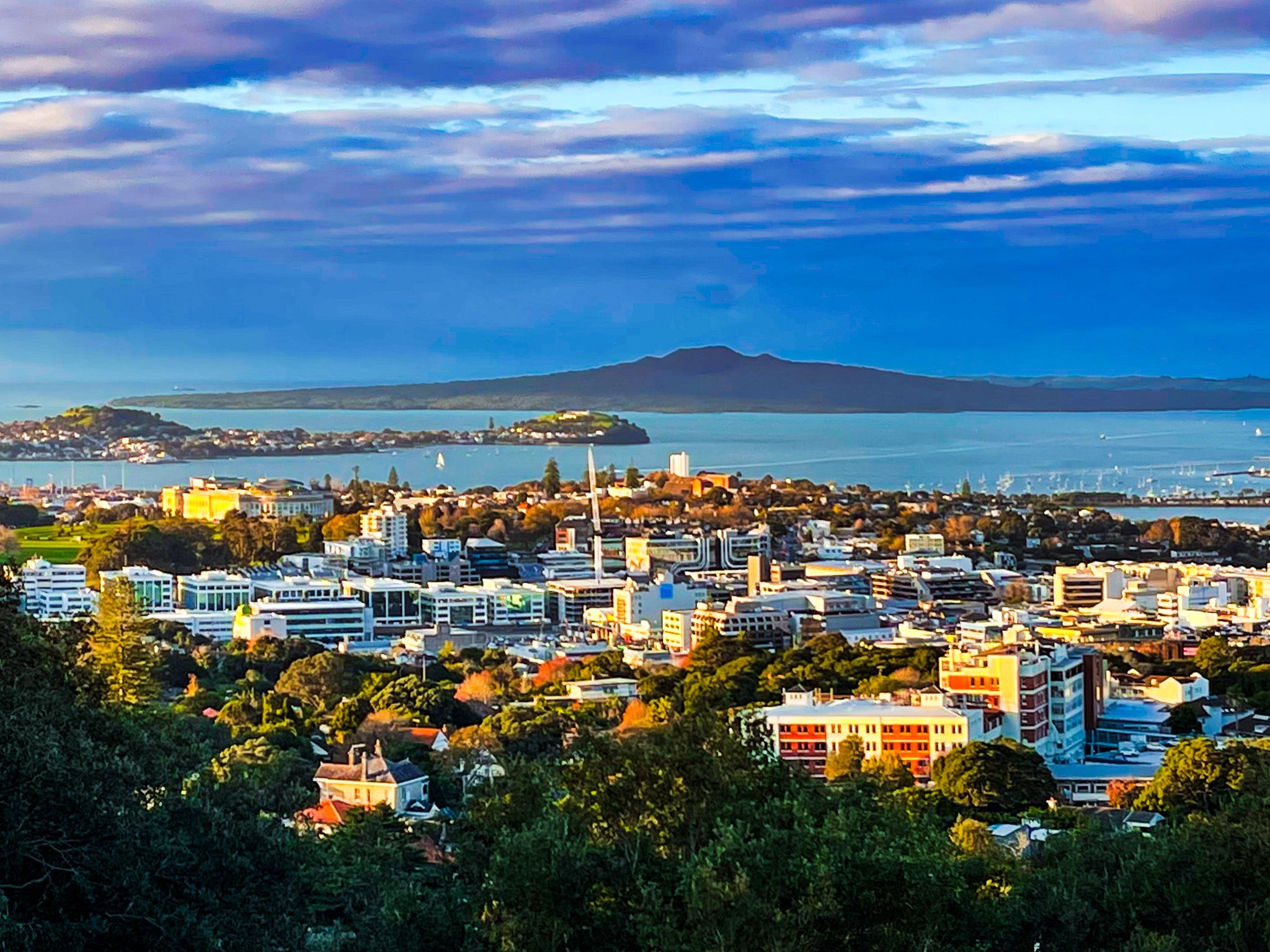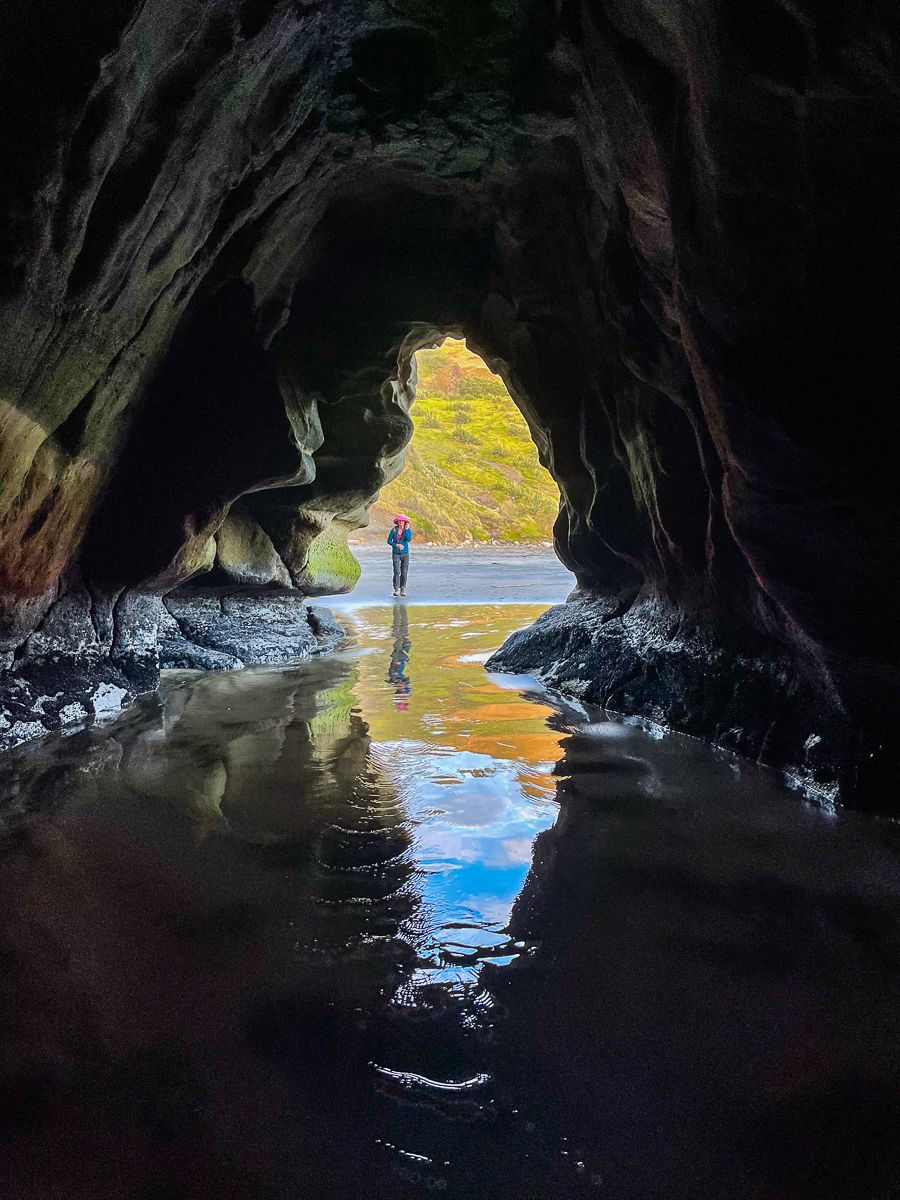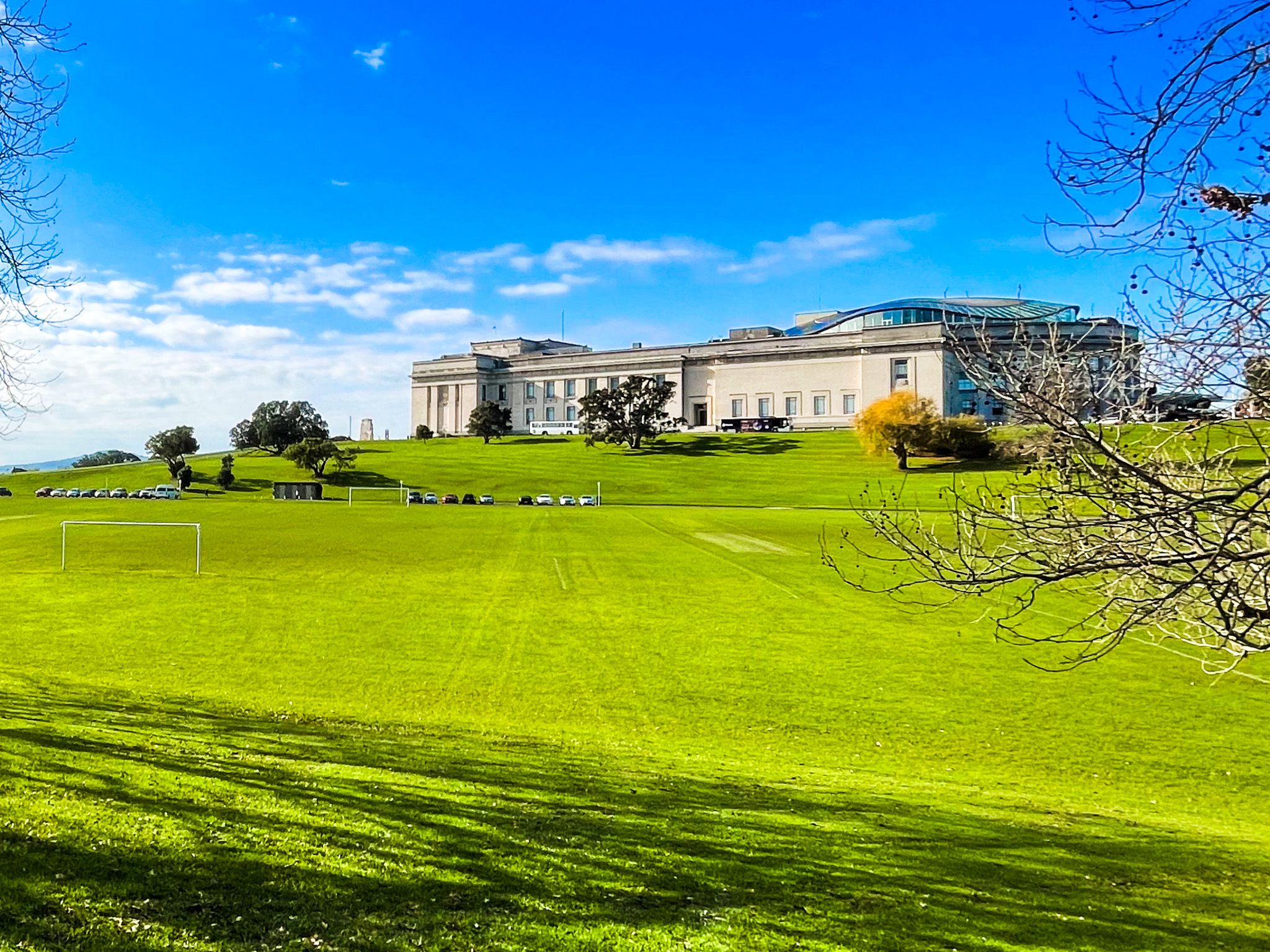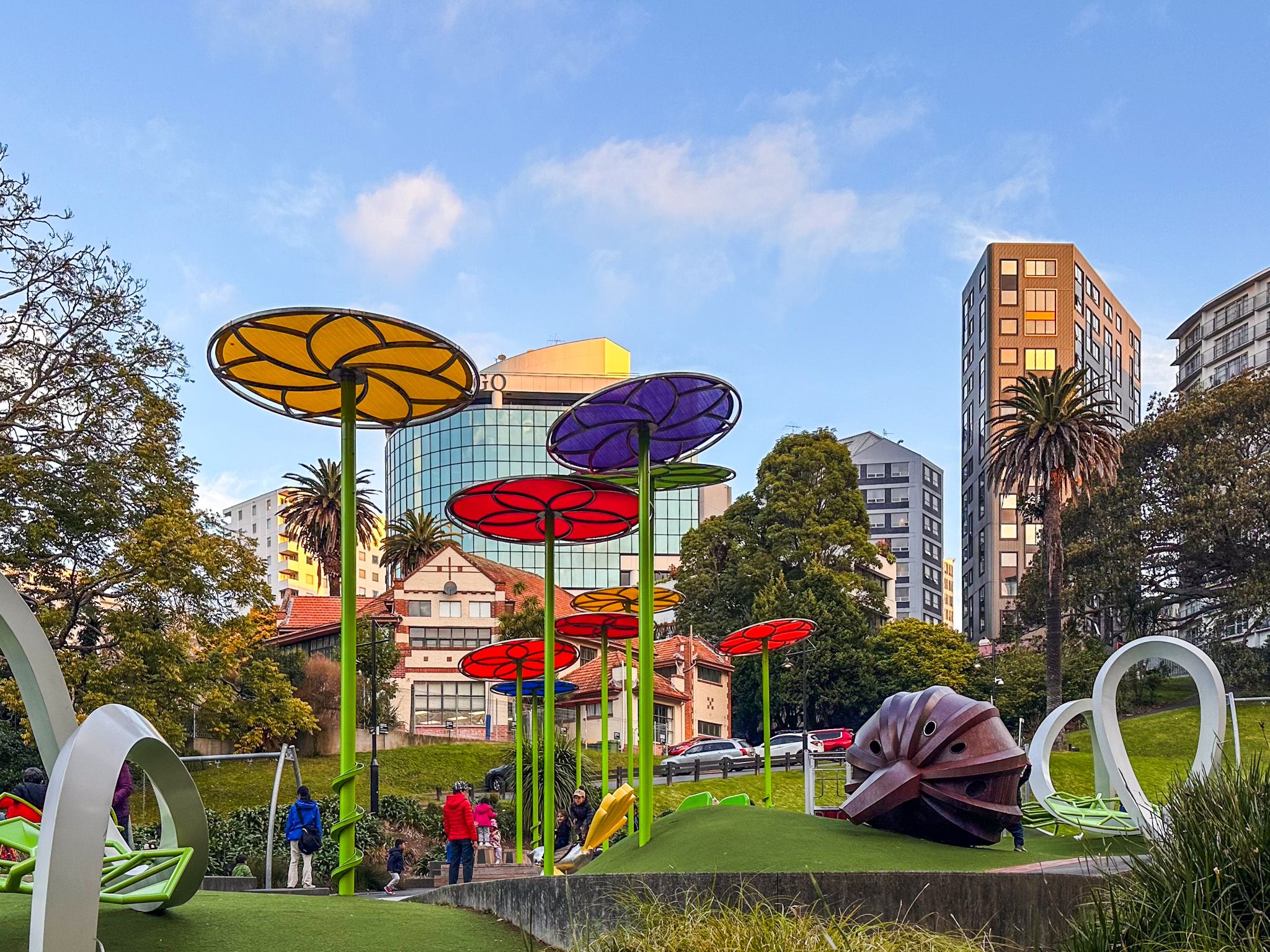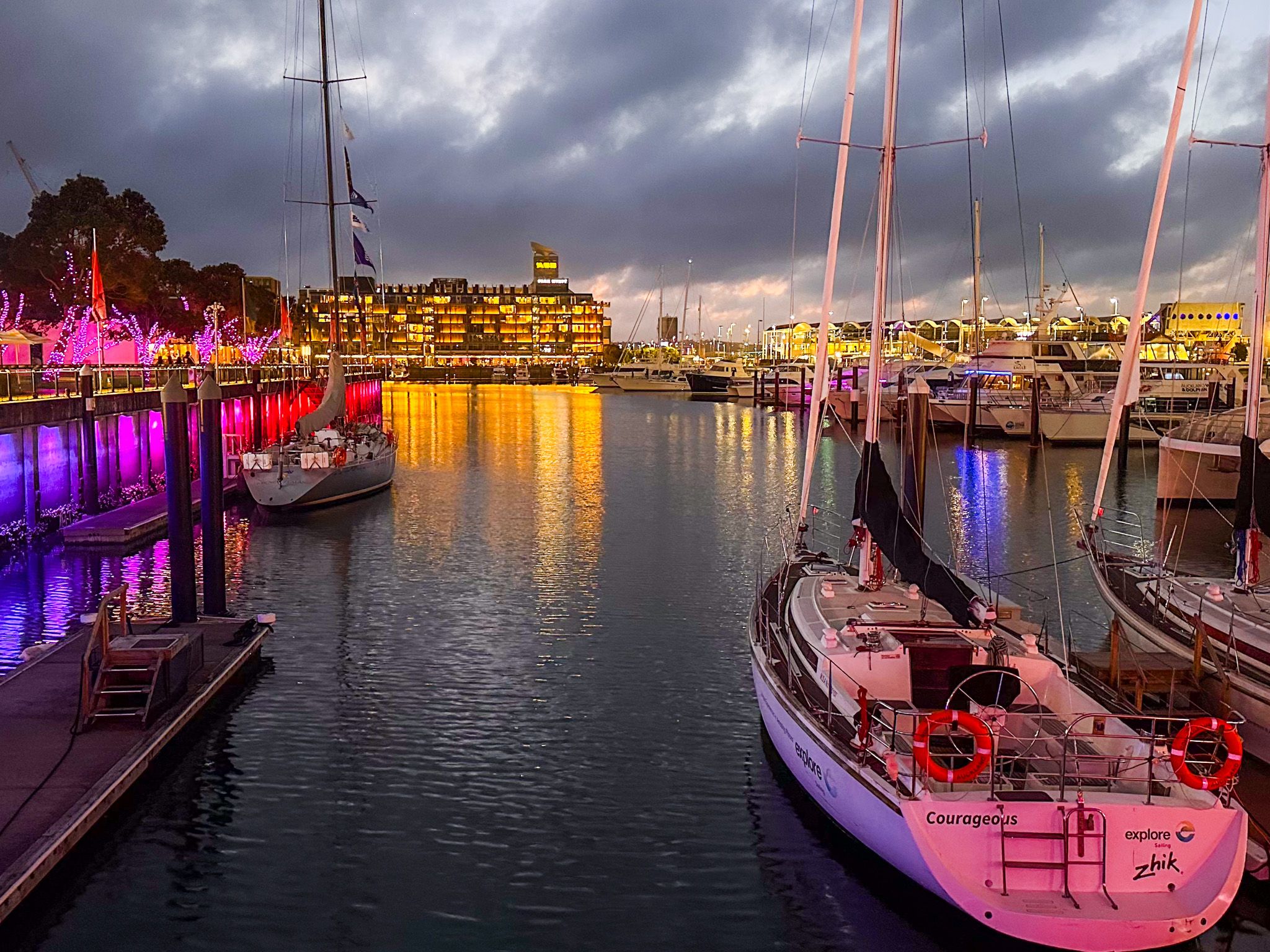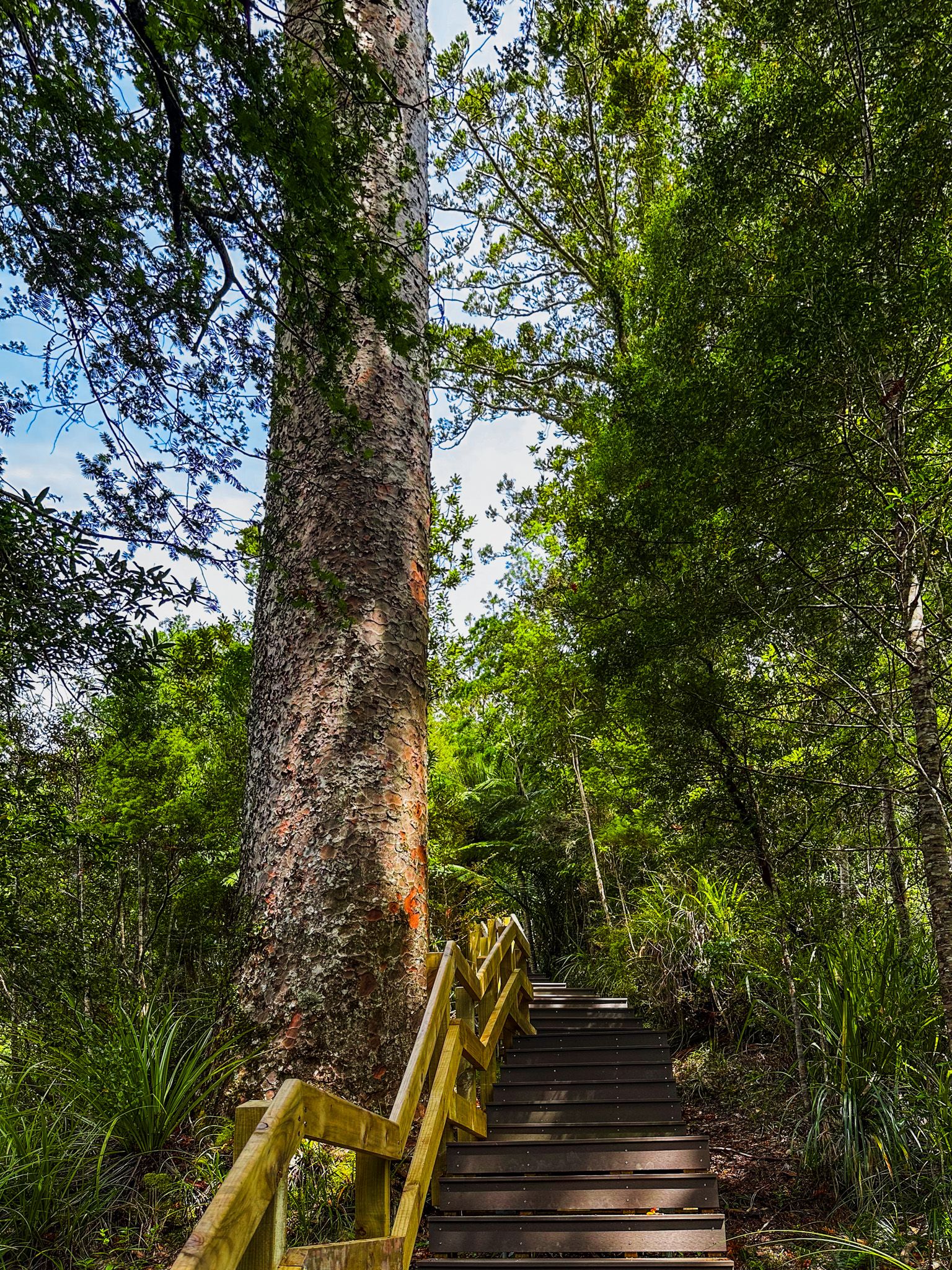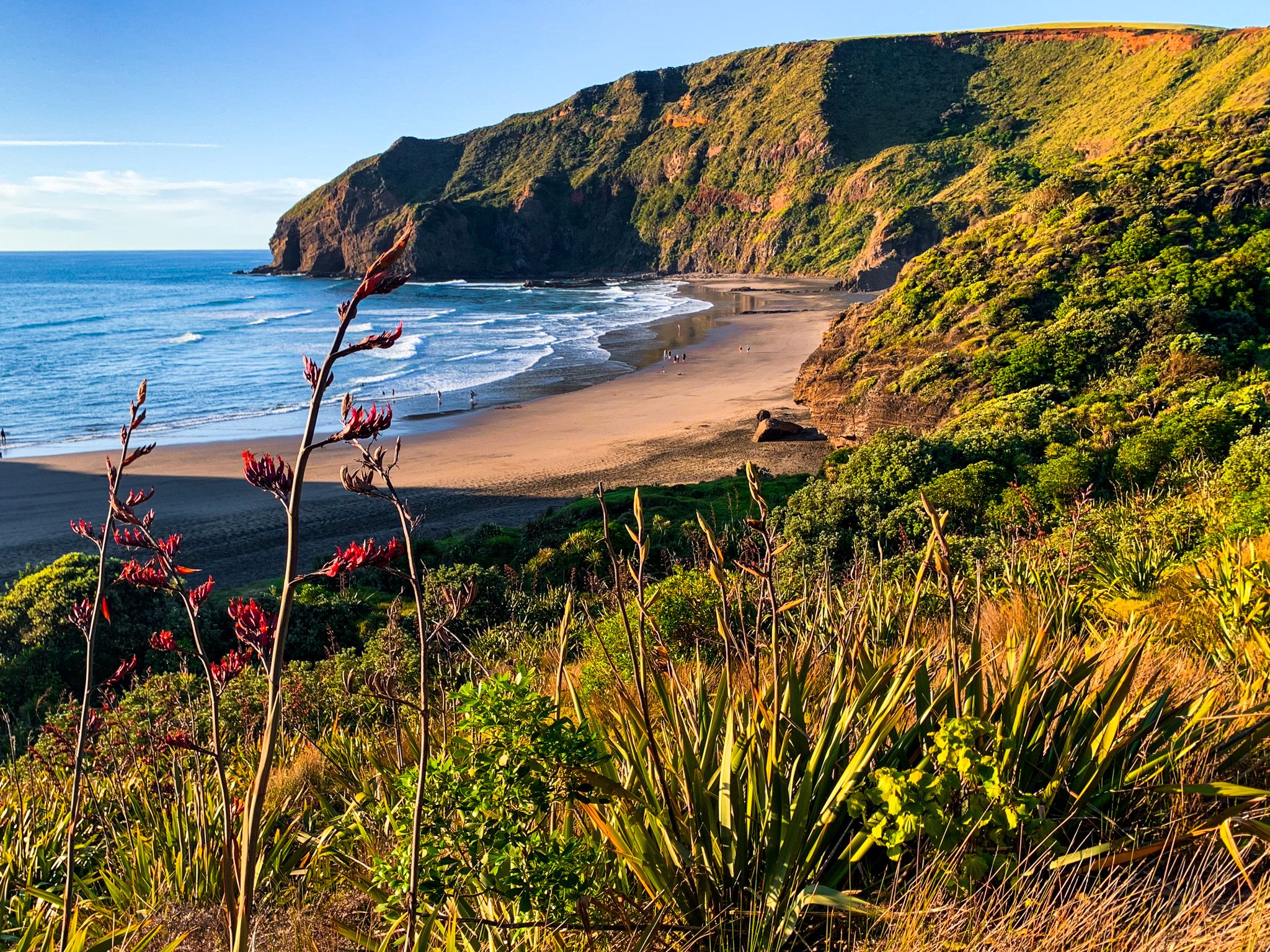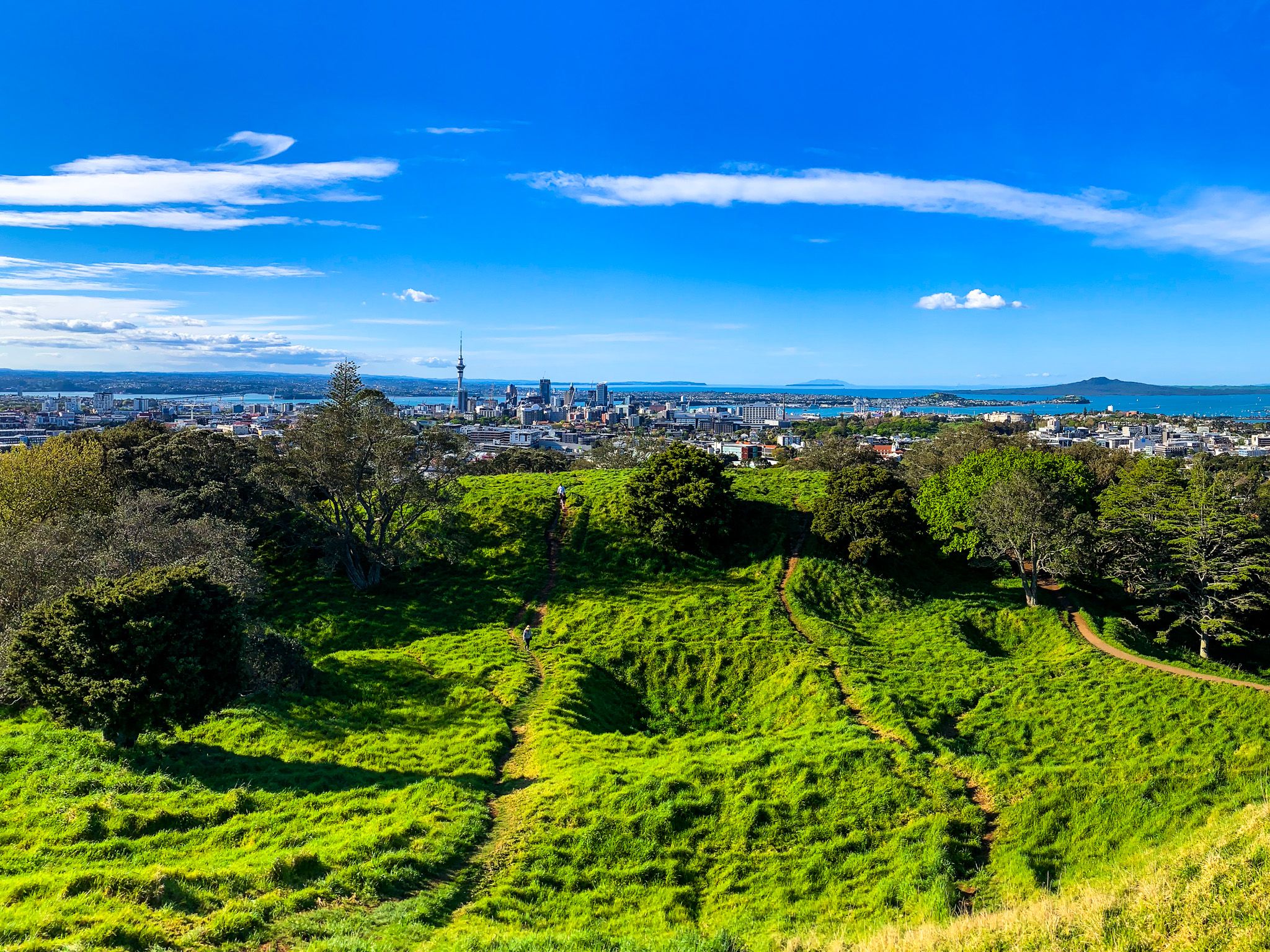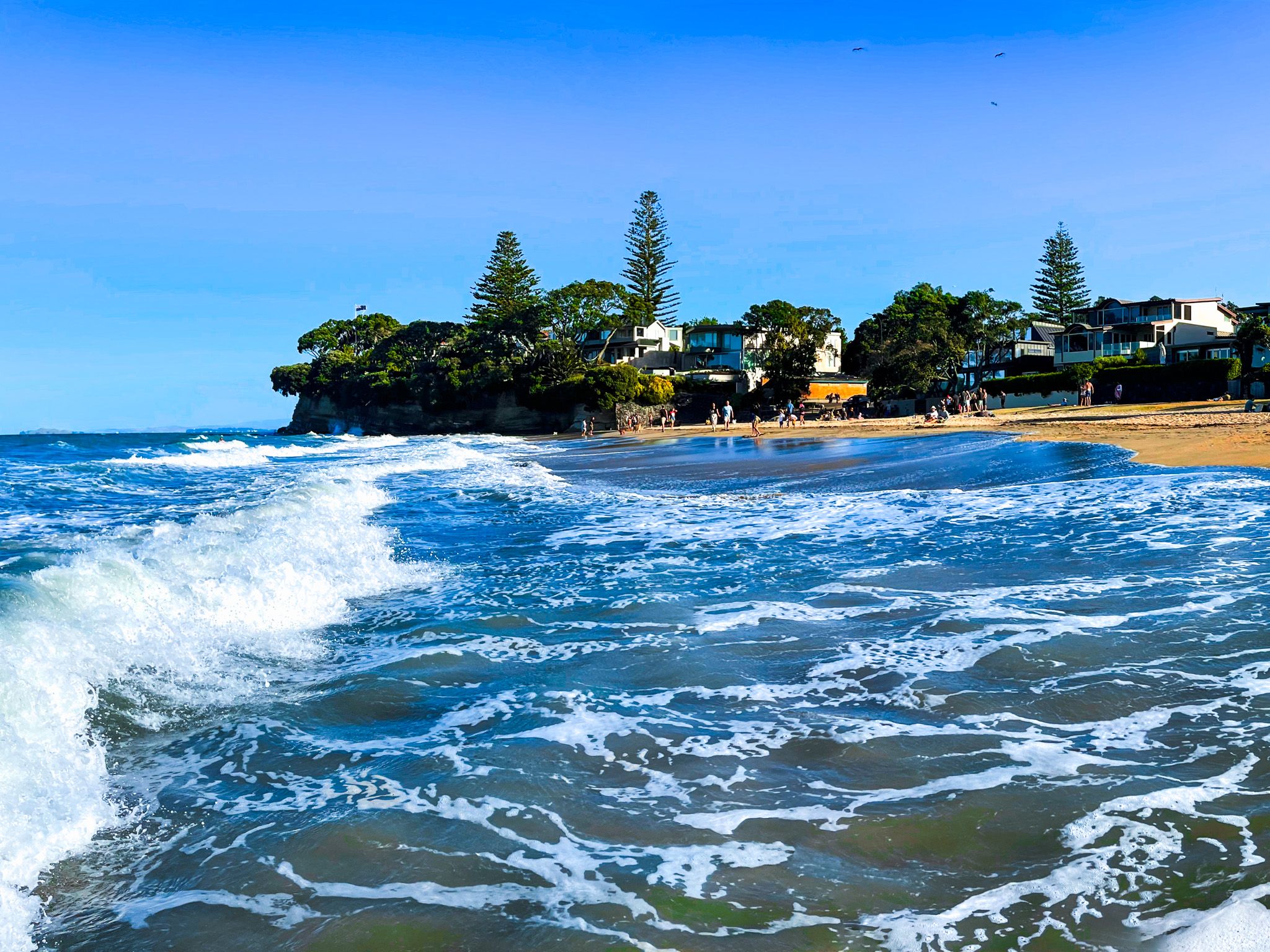Auckland City / Tāmaki Makaurau is the largest city in Aotearoa / New Zealand, with a population of approximately 1.7 million. This vibrant city is surrounded by water, earning it the nickname "City of Sails." Auckland boasts a walkable Downtown area, over 70 beaches, 4,000 parks, extinct volcanoes, accessible islands, and the ancient forest-clad Waitākere and Hunua Ranges. The city also offers a wide array of restaurants, bars, and cafes, making it an ideal destination for those seeking both urban comforts and outdoor adventures.
Geographical Features and Parks
Auckland is situated on the Tāmaki Isthmus, a volcanic field nestled between the Waitematā and Manukau Harbours. The city is home to 53 volcanoes, with ages ranging from a few hundred to around 200,000 years. Approximately 40 of these volcanoes have been preserved despite urban development, including significant maunga (mountains) that were once pā sites. Today, these maunga are public parks, with Mt Eden Maungawhau offering the best views. Other notable parks include Auckland Domain Pukekawa, Mt Victoria Takarunga in Devonport, Cornwall Park Maungakiekie, and Ōwairaka Mt Albert. Visitors are encouraged to explore these sites at different times of the day for varied experiences.
Regional Parks and Walking Tracks
In addition to city parks, Auckland features 28 larger regional parks located along the coast and in the Waitākere and Hunua Ranges. These parks often include self-contained campsites and combine walking tracks with regenerating forests, working farms, and stunning beaches. Waitākere Regional Park is the largest, offering Pacific coast black sand surf beaches such as Whatipu, Karekare, Piha, Te Henga Bethells Beach, and Muriwai. Lesser-known beaches like Whites Beach, Anawhata, and O’Neill Bay require a walk to access. The Waitākere Ranges offer superb walking tracks, including the Omanawanui Track, Comans Track, and Mercer Bay Loop. Forest tracks like Cascade Kauri, Karamatura Track, and Kitekite Falls are also recommended.
North Shore and Coastal Walks
The North Shore, located north of the Harbour Bridge and Waitematā Harbour, features numerous beaches and forest parks. The North Shore Coastal Walk, part of Te Araroa, stretches 22 km from Devonport to Long Bay, offering beaches, rocky shorelines, and cliffs. This area is easily accessible via public transport. Forest parks such as Kauri Glen Reserve, Kauri Point Centennial Park, and Chatswood Reserve provide short walks through native forests.
For a more leisurely experience, visitors can walk or bike from Downtown along Tamaki Drive to Achilles Point or around the northwest side of Māngere along the Manukau Harbour.
Waterfalls and Islands
Auckland is surrounded by waterfalls, including the 5-metre Oakley Falls near Western Springs, accessible via the Oakley Creek Te Auaunga Walkway in Waterview. The Waitākere Ranges feature waterfalls like Karekare Falls, Kitekite Falls, Fairy Falls and the 85-metre Waitākere Falls. Hunua Falls in the Hunua Ranges is another popular spot, with the Cossey Massey Loop track nearby.
The Hauraki Gulf offers island adventures, including the Tiritiri Matangi bird sanctuary, accessible by a one-hour ferry ride from Downtown. Rangitoto, the youngest volcanic cone, separates the Waitematā Harbour from the Hauraki Gulf. Waiheke Island, a 40-minute boat ride away, is known for its beaches, wineries, and the Te Ara Hura coastal walk. Aotea Great Barrier Island, accessible by a 30-minute flight or a four-hour boat ride, offers remote surf beaches, the multi-day Aotea Track, and a regenerating kauri forest.
Dining and Leisure
Beyond Downtown, Auckland's inner-city suburbs like Parnell, Mt Eden, Grey Lynn, and Ponsonby offer numerous cafes and eateries. Beach suburbs such as Mission Bay, Devonport, and Takapuna also provide dining and leisure options.
How to Get There
Auckland is accessible by air, with Auckland Airport serving as the main international gateway. The city is well-connected by public transport, including buses, trains, and ferries, making it easy to explore the diverse attractions and natural beauty of the region.
